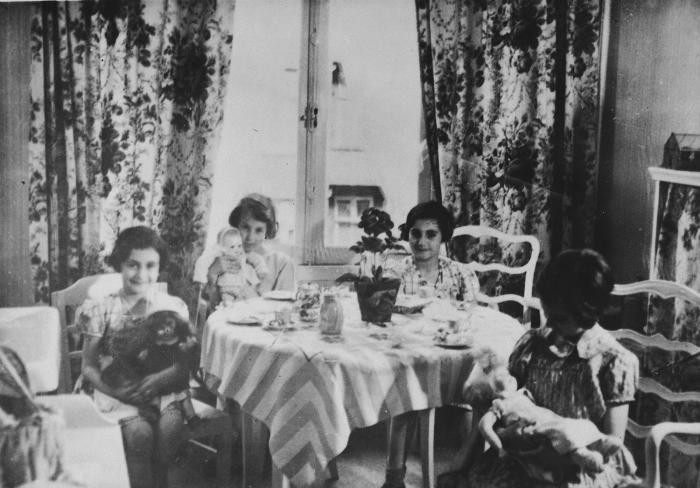
Anne Frank Biography: Who was Anne Frank?
The story of what happened to Anne Frank is among the most well-known of the six million Jews who died in the Holocaust. Her diary is the first encounter many people have with the history of Nazi Germany's attempt to murder all the Jews of Europe during World War II.
Key Facts
-
1
Anne Frank and her family spent two years hiding in a secret apartment behind her father’s former office in Amsterdam.
-
2
The Franks and four other Jews who were hiding with them were discovered by authorities on August 4, 1944.
-
3
The only member of the Frank family who survived the Holocaust was Anne’s father, Otto, who later worked diligently to get his daughter’s diary published.
Who was Anne Frank?
Anne Frank was a German girl and Jewish victim of the Holocaust who is famous for keeping a diary of her experiences. Anne and her family went into hiding for two years to avoid Nazi persecution. Her documentation of this time is now published in The Diary of a Young Girl.
Early Years
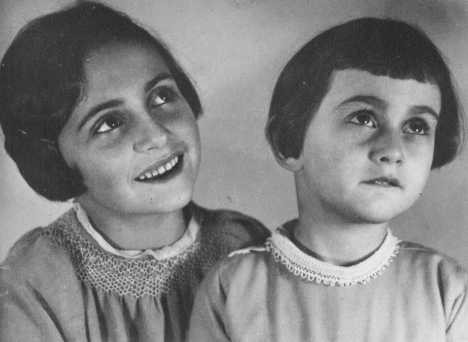
She was born Annelies Marie Frank on June 12, 1929, in Frankfurt am Main, Germany. Her parents were Otto and Edith Frank.
For the first 5 years of her life, Anne lived with her parents and older sister, Margot, in an apartment on the outskirts of Frankfurt. After the Nazis came to power in 1933, Otto Frank fled to Amsterdam in the Netherlands, where he had business connections. The rest of the Frank family soon followed, with Anne being the last of the family to arrive in February 1934 after staying with her grandparents in Aachen.
The Fate of Jews in Amsterdam
The fate of the Frank family and other Jews in Amsterdam was wrapped up with the German occupation of the city, which began in May 1940. In early 1942, the Germans began preparations to deport Jews from the Netherlands to killing centers in the east. At this time, they required all Dutch Jews to be concentrated in Amsterdam. They also decided to intern all non-Dutch Jews in Westerbork transit camp. From Westerbork, German officials deported the Jews to Auschwitz-Birkenau and Sobibor killing centers in German-occupied Poland. The first deportation transport left Westerbork on July 15, 1942, for Auschwitz-Birkenau. These deportations and the escalating anti-Jewish measures alarmed many Jews in the Netherlands, including the Franks.
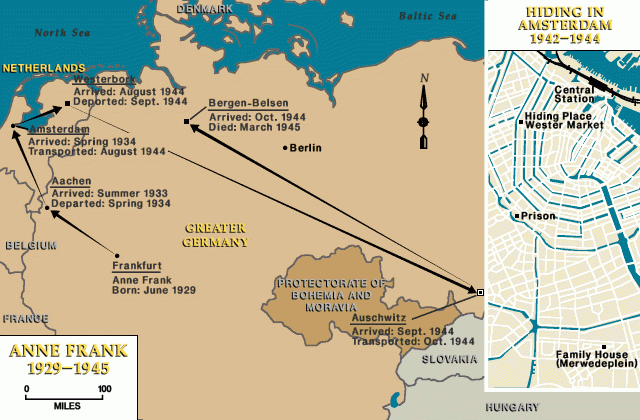
In Hiding
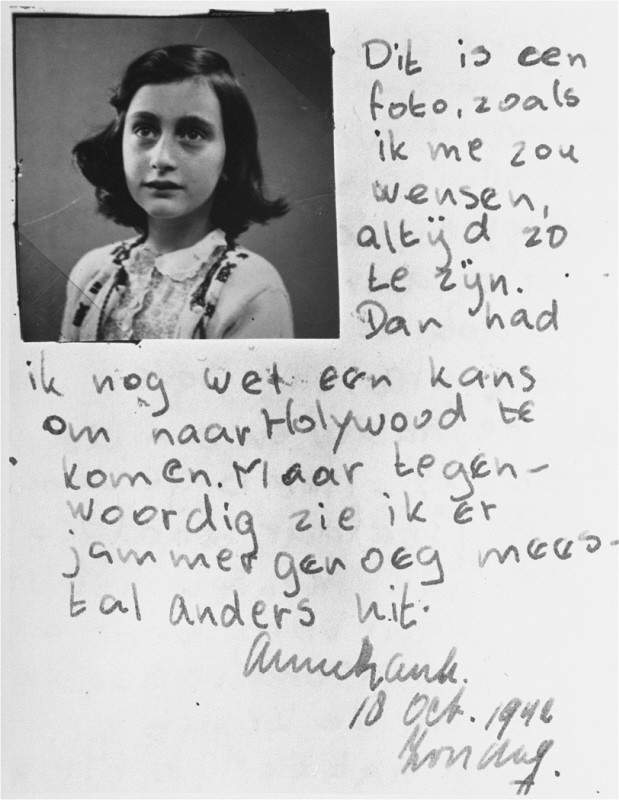
During the first half of July 1942, Anne and her family went into hiding. They were eventually joined by four other Jews as well—Hermann, Auguste, and Peter van Pels, and Fritz Pfeffer. For two years, they lived in a secret apartment at 263 Prinsengracht Street. The apartment was located behind the business offices where Otto Frank had worked as company director. Anne referred to the hiding place in her diary as the Secret Annex. Otto Frank's friends and colleagues, Johannes Kleiman, Victor Kugler, Johan Voskuijl, Bep Voskuijl, Jan Gies, and Miep Gies, had helped to prepare the hiding place and smuggled food and clothing to the Franks at great risk to their own lives.
While in hiding, Anne kept a diary in which she recorded her fears, hopes, and experiences.
What Happened to Anne Frank and Her Family?
On August 4, 1944, the German SS and police discovered the hiding place. It has been long thought that the authorities acted after being tipped off by an anonymous Dutch caller. But a more recent theory is that the Germans discovered the hiding place by chance, while investigating reports that illegal work and fraud with ration coupons were occurring at the house.
That day, an SS Sergeant (Hauptscharführer) named Karl Silberbauer and two Dutch policemen arrested the Franks. The Gestapo sent the family to Westerbork transit camp on August 8. One month later, on September 3, 1944, SS and police authorities placed the Franks and the four others hiding with them on a train transport to Auschwitz-Birkenau in German-occupied Poland. This was the last transport from Westerbork to Auschwitz.
The transport arrived in Auschwitz two days later with 1,019 Jews on board. Men and women were separated. All of the Secret Annex residents were selected for forced labor.
Like other Jews selected for labor, the women chosen from this transport, including Anne, Edith, and Margot, were tattooed with prisoner numbers. Records indicating their exact numbers have not been preserved. Although Anne Frank's death certificate documents her movement between camps, it does not include her tattoo ID number.
Anne and her sister, Margot were transferred to the Bergen-Belsen concentration camp in northern Germany in early November 1944.
The Fate of the Frank Family: How and When Did Anne Frank Die?
Anne Frank died in February or March 1945, shortly before British troops liberated Bergen-Belsen on April 15, 1945. Anne Frank died at the age of 15. Margot Frank died at the age of 19, also in February or March 1945. Both Margot and Anne died of typhus.
SS officials also selected Anne's parents for labor. Anne's mother, Edith died in Auschwitz in early January 1945.
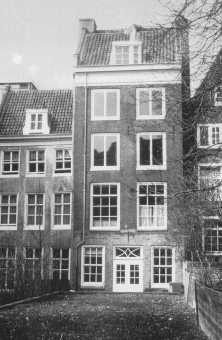
Only Anne's father, Otto, survived the war. He was liberated from Auschwitz by Soviet forces on January 27, 1945. Otto was presented later with Anne’s writings, which were preserved by Miep Gies, one of the Dutch citizens who had hidden the Franks. Otto Frank was integral to getting his daughter’s diary published. The diary of Anne Frank is the first, and sometimes only, exposure many people have to the history of the Holocaust. Anne Frank's writings also included short stories, fairy tales, and essays.
The home where the Franks hid in Amsterdam continues to attract a large audience. Now known as the Anne Frank House, it drew more than 1.2 million visitors in 2017.
Critical Thinking Questions
- Find diaries of other children impacted by the Holocaust. Compare and contrast their stories with Anne and Margot’s.
- Learn about the network of individuals who tried to shield the Franks from arrest. What pressures and motivations may have affected them?

